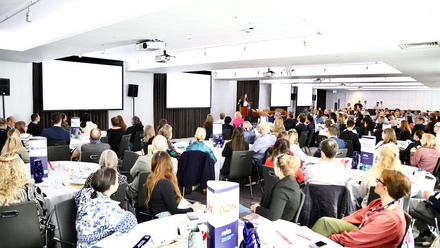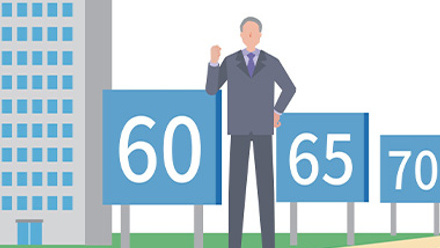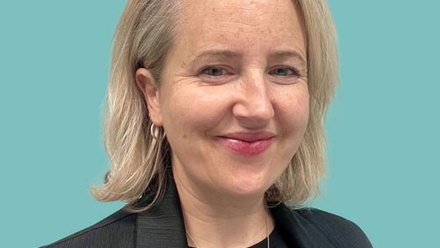What can be done to overcome the differences between men and women’s pension savings?

Aegon research from April showed that on average, men enjoy an average pension pot of £73,600, whilst women have just £24,900 in pension savings. Time off for childcare and the gender pay gap are two of the main issues thought to be responsible for the discrepancy.
According to Kate Smith, head of pensions at Aegon, although women have made “encouraging steps” in retirement savings thanks to auto enrolment which introduced 7.6 million people to workplace pensions and helped women increased their average pension savings, the difference between men and women’s pensions savings is significant.
“The gender pay gap, which is currently 13.9%, means that men are effectively saving more without even thinking about it. Women often face a more disrupted savings journey due to maternity leave and working part-time, juggling a career and children, so it’s crucial that they actively engage with their pension savings,” she said.
Wives are relying on their husbands
James Eaglesham, DC pensions consultant at Aon Employee Benefits said: “Despite increased numbers of women continuing to work whilst raising a family and contributing to family running costs, average pension figures for women and indeed qualitative research by Scottish Widows suggest that many may be reliant to a certain extent on their husband’s pension provision throughout their retirement.”
“Historically this may have been a deliberate decision due to the husband’s income tax rate, however new limits to pension contributions for high earners or those with large pension funds might mean it is more efficient than previously thought for the wife to build up a pension fund in her name.”
It’s not the first time that gender differences in pension savings have been reported. In February, Citizens Advice warned that a significant number of women could be “missing out” on workplace pension schemes if they have more than one job and do not earn over £10,000 a year.
The current threshold for an auto-enrolment pension is £10,000 a year in earnings, but according to the charity, over 100,000 people - mainly women – are earning less than this, especially if they work for more than one employer.
According to Citizens Advice, 72,000 women are missing out on auto-enrolment pension schemes, particularly those working part-time jobs to help fund childcare or study. Gillian Guy, the chief executive of Citizens Advice, warned that whilst many women continue to earn over the auto-enrolment threshold and pay tax on their combined incomes, they are still missing out on workplace pension schemes and are deprived the opportunity to save for retirement.
A promise of action
Last December, the government promised to review the situation. A spokesperson for the Department of Work and Pensions said at the time: “There’s more to do – especially for people with more than one job – and we’re currently reviewing the policy to see how it can be improved.”
Eaglesham added: “In today’s flexible working environment, more should be done to ensure that those with earnings above £10,000 per annum are able to benefit to a certain extent from auto-enrolment legislation.
“But whilst we applaud the government reviewing the current set-up, the ability for non-eligible jobholders with earnings above £5,876 per annum to opt in and receive an employer contribution in addition to basic rate tax relief on their own contribution could perhaps be better promoted.”
This article was provided by Aon Employee Benefits.







